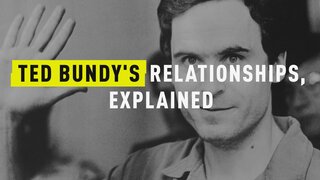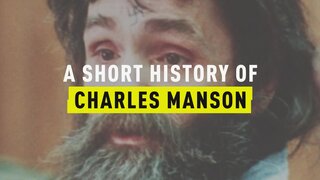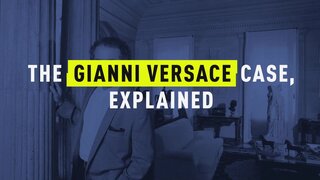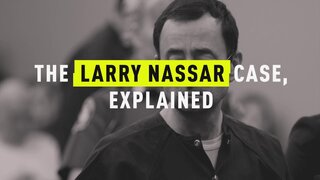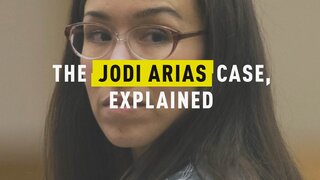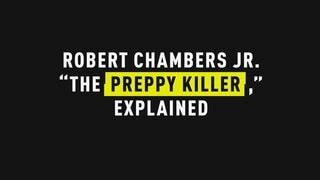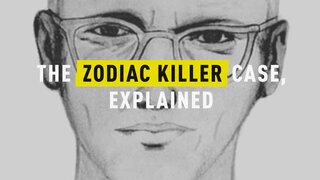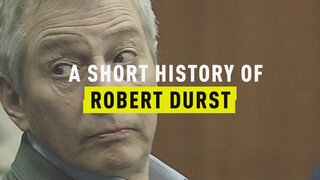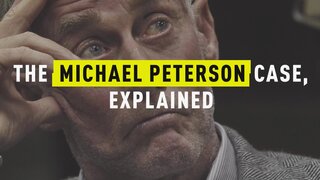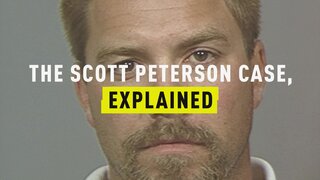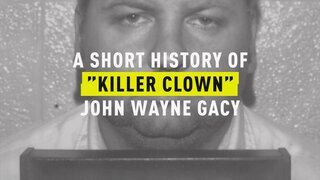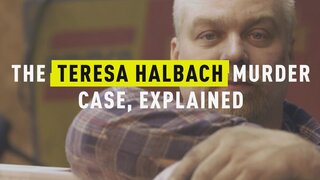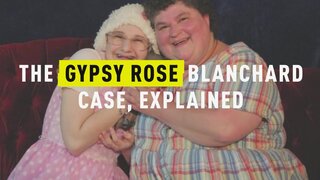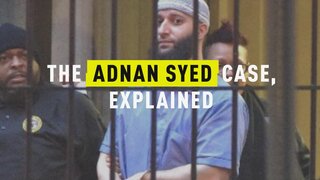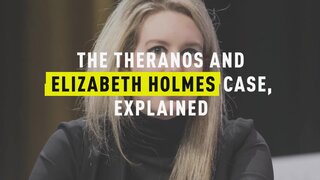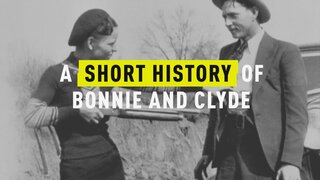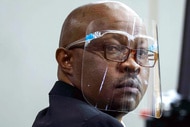Who Is Carol DaRonch? How Ted Bundy’s Bungled Kidnapping Attempt Led To His Capture
A failed attempt to snatch a girl at a Utah shopping mall eventually led to the capture of Ted Bundy, one of the deadliest serial killers in American history.
Not many people can say they’ve encountered a vicious serial killer and lived to tell the tale — but Carol DaRonch can.
As one of the most prolific serial killers in recent history, Ted Bundy is responsible for the tortuous deaths of more than 30 people. On the afternoon of November 8, 1974, DaRonch, then still a teen, very nearly became one of Bundy’s many victims when the seasoned killer attempted to abduct her from a local shopping mall. Luckily for DaRonch, she instead became one of the few people to have ever escaped with their lives after getting caught in Bundy’s crosshairs, a 1978 New York Times article reports.
DaRonch recounted the terrifying ordeal for Netflix’s recently released docu-series, “Conversations With a Killer: The Ted Bundy Tapes.” The series features the death row interviews with Bundy conducted by journalists Stephen G. Michaud and Hugh Aynesworth in 1980, as well as interviews with detectives and lawyers connected to the case, and people like DaRonch, who came too close to Bundy for comfort.
The near-fatal brush with Bundy had a lasting effect on DaRonch, who said in 1989 — more than 10 years later — that, at the age of 32, she still felt “unable to trust people like I used to.”
“You can’t anymore. It’s an evil world out there,” she said. And of Bundy, she said, “I’ll never forget that wicked smile as long as I live.”
But when Bundy first approached her, he seemed, as he so often did in the eyes of so many, to be anything but “wicked.”
Bundy disguised himself as a “polite” police officer when he tried to abduct DaRonch
DaRonch was at a shopping mall in Murray, Utah, looking in a bookstore window, when a man claiming to be a police officer approached her. “Officer Roseland,” it would later be revealed, was actually Bundy, who, by then, had killed dozens of women and had successfully avoided capture.
Bundy told DaRonch that police had caught someone trying to break into her car. He was “polite,” DaRonch said, and she trusted him enough to go back to her car with him to assess any damage and to see if anything was missing.
“He kept leaning forward like he wanted me to look further in the car, but I wouldn’t,” she said. “I just said, ‘Nothing’s missing.’”
Bundy then told her that police were holding the suspect, and asked DaRonch if she’d be willing to accompany him to the police station, where she could file a complaint, DaRonch said. But she was beginning to feel “uneasy” at that point, and she later recalled the possible smell of alcohol coming from the so-called police officer. However, when she asked Bundy for identification, he produced a police badge from his wallet, and she agreed to ride with him to the station.
DaRonch fought for her life — and won
Riding in a car with Bundy, DaRonch soon felt that something wasn’t quite right, she explained. He did not take her to a police station; he drove down a side street and pulled over by an elementary school, where he tried to handcuff her. DaRonch fought, and he was only able to get the cuff around one of her wrists, she said.
“I had never been so frightened in my entire life,” DaRonch said, more than 40 years later. “And I know this is cliché but my whole life went before my eyes. I thought, ‘My god, my parents are never gonna know what happened to me.’”
Bundy quickly produced a gun and threatened to “blow [her] head off,” she said, but it was not enough to deter her from attempting to escape. She jumped out of the car and Bundy followed, wielding a crowbar, and a struggle ensued.
“I just fought with all my might, thrashing with him and fighting,” she said. “My fingernails were all broken. I remember his beady, blank, lifeless eyes.”
DaRonch was able to break free from Bundy’s grasp and run to an oncoming car for help. It was a near miss for DaRonch, but the incident foretold doom for Bundy’s next victim — a teenage girl named Debra Kent, whom he abducted mere hours after his encounter with DaRonch.
Kent was attending a theater production at a local high school that night. She left the play early to pick up her brother, but investigators say that Bundy kidnapped her in the parking lot before she even made it to her car, according to the New York Times. Her body was never recovered.
“I was very lucky and it was really shocking to find out later that he was so angry that I had gotten away, he just drove somewhere else and killed someone else,” DaRonch mused.
The DaRonch kidnapping was the key to Bundy's capture
It was perhaps the beginning of the end for Bundy. At the scene of Kent’s abduction, police found a handcuff key that fit the cuffs DaRonch’s assailant had tried to restrain her with, reported a 1989 Los Angeles Times article.
A year later, in August 1975, things began to add up after Bundy was arrested for a routine traffic violation. A local highway patrol officer spotted Bundy parked in front of a home where the officer knew the parents were out of town while their daughters were staying alone; the officer attempted to approach the car, but Bundy fled. After the officer caught up with him, Bundy was arrested for attempting to evade an officer.
When investigators searched Bundy’s vehicle, they found an assortment of strange items that would later be revealed to be what Bundy used for many of his crimes: A ski mask, rope, an ice pick, handcuffs, and a crowbar were among the contents found.
Even more striking to police, however, was that the man who'd been pulled over for evading an officer matched the description of DaRonch’s would-be kidnapper. Police called DaRonch down to the station to pick Bundy out from a lineup, which she did, despite the fact that Bundy drastically changed his physical appearance before appearing, investigators said.
Bundy was charged with kidnapping; a judge found him guilty in 1976, and sentenced him to one to 15 years in Utah state prison. He was then extradited to Colorado to be tried for murder.
Bundy’s first conviction set off a series of events, including prison escapes and even more assaults and murders, that would ultimately link Bundy to disappearances and murders in multiple states, and culminate in the death sentence he received in 1979. He was executed in January 1989.
[Photo: Getty Images]

